
[아츠앤컬쳐] 페코리노 와인은 아직 널리 알려지진 않았지만, 귀한 이탈리아 와인으로 흥미로운 역사와 인상적인 풍미를 자랑한다. ‘페코리노’라 불리는 이 포도 품종은 수 세기에 걸친 역사를 가지고 있으며, 그 기원에 대해서는 아직 와인 학자들 사이에서도 논쟁이 있다. 일반적으로는 움브리아와 마르케 두 이탈리아 지역 사이, 아펜니노산맥의 주요 산군 중 하나인 시빌리니산맥 기슭에서 유래한 것으로 여겨진다.
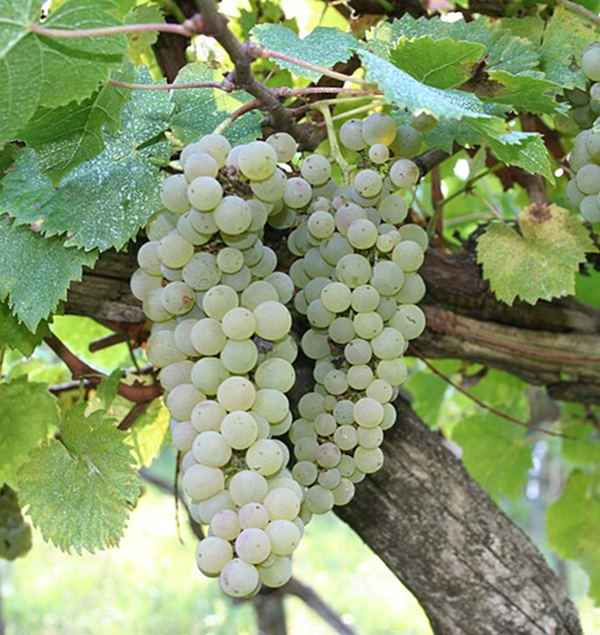
이 포도 이름의 어원도 분명하지 않으며, 다양한 전설이 여전히 미스터리를 감싸고 있다. ‘페코리노’는 포도밭이 양 떼를 방목하던 산악 지대에 위치해 있었고, 이 양들이 달콤한 포도를 즐겨 먹었다는 이야기로 볼 때, 이탈리아어로 양을 뜻하는 ‘페코라(pecora)’에서 유래했을 가능성이 있다. 또 다른 전설은 이 포도송이가 양의 머리와 닮았다는 데서 그런 이름이 붙었다고 전한다. 다만 분명한 것은 이 품종이 13세기부터 시빌리니산맥 근처 마르케 지역의 아르쿠아타 델 트론토 마을 일대에 널리 퍼져 있었으며, 당시 지역의 베네딕도회 수도사들이 이를 재배했다는 사실이다.
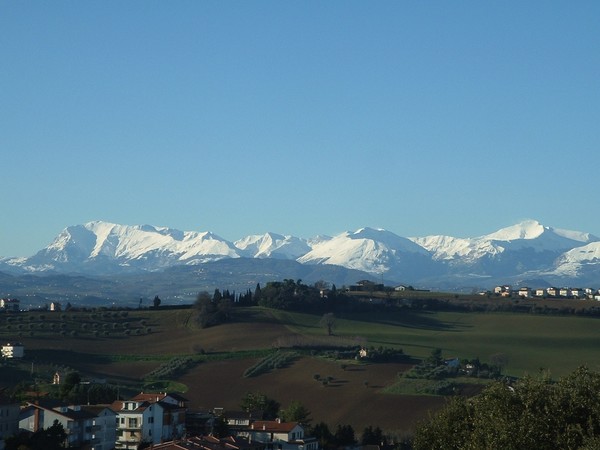
오늘날에도 페코리노 포도는 그림 같이 아름다운 이탈리아 마르케와 아브루초 지역에서 주로 재배된다. 이 지역들은 높은 산과 완만한 구릉, 아드리아 해로부터 불어오는 해풍이 조화를 이루며, 페코리노 포도가 천천히 익어가기에 이상적인 환경을 제공한다. 이러한 자연 조건은 복합적이고 균형 잡힌 와인을 만들어내며, 특히 풍부한 산미를 특징으로 한다.

페코리노는 밀짚빛 노란색에 강렬한 녹색과 황금빛 색조가 섞여 있는 드라이 화이트 와인이다. 풍부한 바디감에 꽤 높은 알코올 도수를 지닌 이 와인은, 흰 꽃 향, 레몬과 라임 같은 감귤류, 풋사과, 그리고 세이지와 타임 같이 은은한 허브 향이 조화를 이루는 매혹적인 아로마를 선사한다. 시간이 지날수록 꿀과 아몬드의 뉘앙스가 피어오르며 더욱 깊은 풍미를 더해준다.
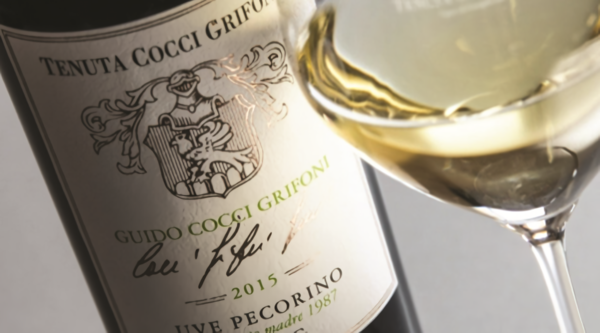
맛은 산뜻하고 신선하며 우아하게 구조화되어 있고, 산미와 미네랄리티가 훌륭한 균형을 이룬다. 향에서 느꼈던 감귤류와 핵과일의 풍미가 그대로 이어지며, 때로는 아드리아해의 산들바람을 연상케 하는 약간의 염기성 뉘앙스도 느껴진다. 여운이 길고 만족스러운 피니시를 지니며, 흰 후추 향이나 때로는 살짝 고소한 견과류의 뒷맛이 느껴지기도 한다. 이 와인은 다양한 음식과의 궁합도 뛰어난데, 해산물 요리, 생선구이, 카르보나라부터 페스토 소스에 이르기까지 다양한 파스타, 치즈, 채소 요리, 그리고 흰살 고기 요리 등과 잘 어울린다. 뿐만 아니라 맛이 강하고 매콤한 아시아 요리와도 잘 어울리며, 스시나 회와도 훌륭한 조화를 이룬다.
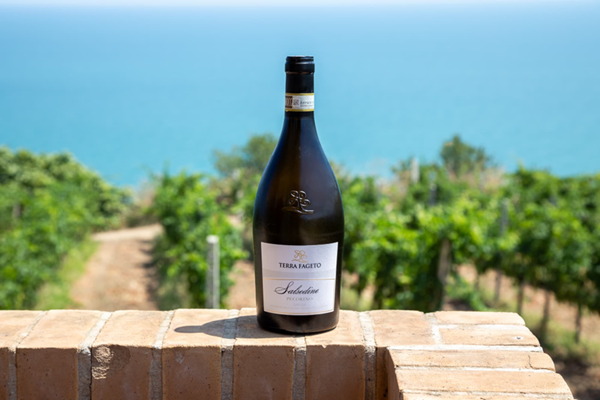
Pecorino Wine
Pecorino wine, a rather valuable but not yet very well-known Italian wine, has an intriguing history and a remarkable flavor profile. The vine called precisely “Pecorino” has centuries-old roots, but there is still much debate among wine scholars as to where it originates from, although it is generally considered a vine native to the foothills of the Sibillini Mountains, between the Italian regions of Umbria and Marche, one of the major mountain groups of the Apennines Range, the long mountain chain that extends along the entire Italian peninsula.
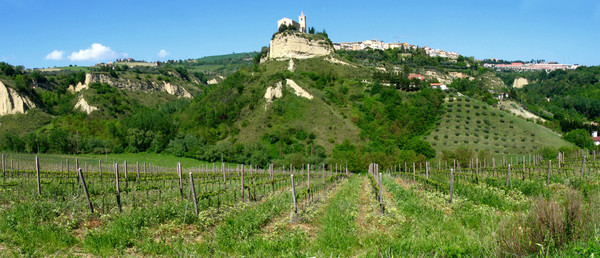
The origin of the name of this grape is also uncertain and the various legends surrounding it do not lift the veil of mystery. “Pecorino” could derive from the Italian word “pecora”, “sheep”, given that the vineyards were in mountain areas where flocks of sheep were led to graze, and it seems that they were used to eat the sweet bunches of those grapes. Another legend claims that the name “Pecorino” would come from a certain resemblance of the bunches of its grapes with the head of the sheep. What it is said, however, is that this vine was widespread around the town of Arquata del Tronto in the Marche region, near the same Sibillini Mountains since the thirteenth century, where it was cultivated by the local Benedictine monks.

Even today Pecorino grape is primarily grown in the picturesque Italian region of Marche as well as in the equally beautiful and neighboring region of Abruzzo, where this grape has found a second home. These areas are blessed with a combination of high mountains, rolling hills and the coastal breezes from the Adriatic Sea, all ideal conditions for Pecorino grapes to ripen slowly, resulting in a complex and balanced wine with a significant acidity.
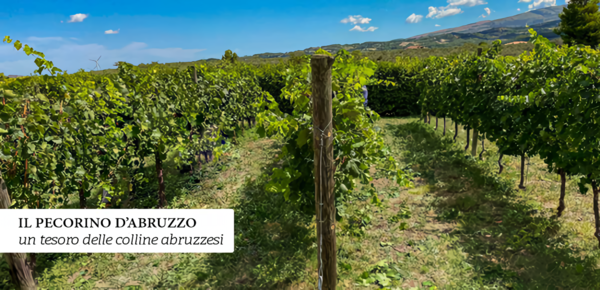
Pecorino is a dry white wine with a straw yellow color and intense greenish and golden hues. It is a full-bodied wine with significant alcohol content, and it offers an alluring array of aromas including white flowers, citrus fruit like lemon and lime, green apples and subtle herbal notes such as sage and thyme. As the wine opens, nuances of honey and almond may also emerge, adding depth and intrigue.

Regarding the taste, Pecorino wine is crisp, fresh, elegantly structured, with an excellent balance of acidity and minerality. Its flavors echo the aromas, featuring bright citrus, stone fruits and a touch of salinity, a nod to the influence of the Adriatic Sea breezes. The taste of this wine often has a long and satisfying finish with hints of white pepper or, sometimes, a slightly nutty undertone, making it incredibly versatile with food pairings: seafood dishes; grilled fish; a wide variety of pasta, from Carbonara to Pesto sauce; cheeses; vegetable-based recipes and white meat. Besides, it is very good paired with the tasty and spicy Asian cuisine, and also with sushi and sashimi.

글 | 에밀리아노 펜니지 Emiliano Pennisi
Lecture of the Italian Cultural Institute in Seoul, Sogang University lecturer of Italian language
Wine scholar and expert
He attended sommellier courses in Italy

